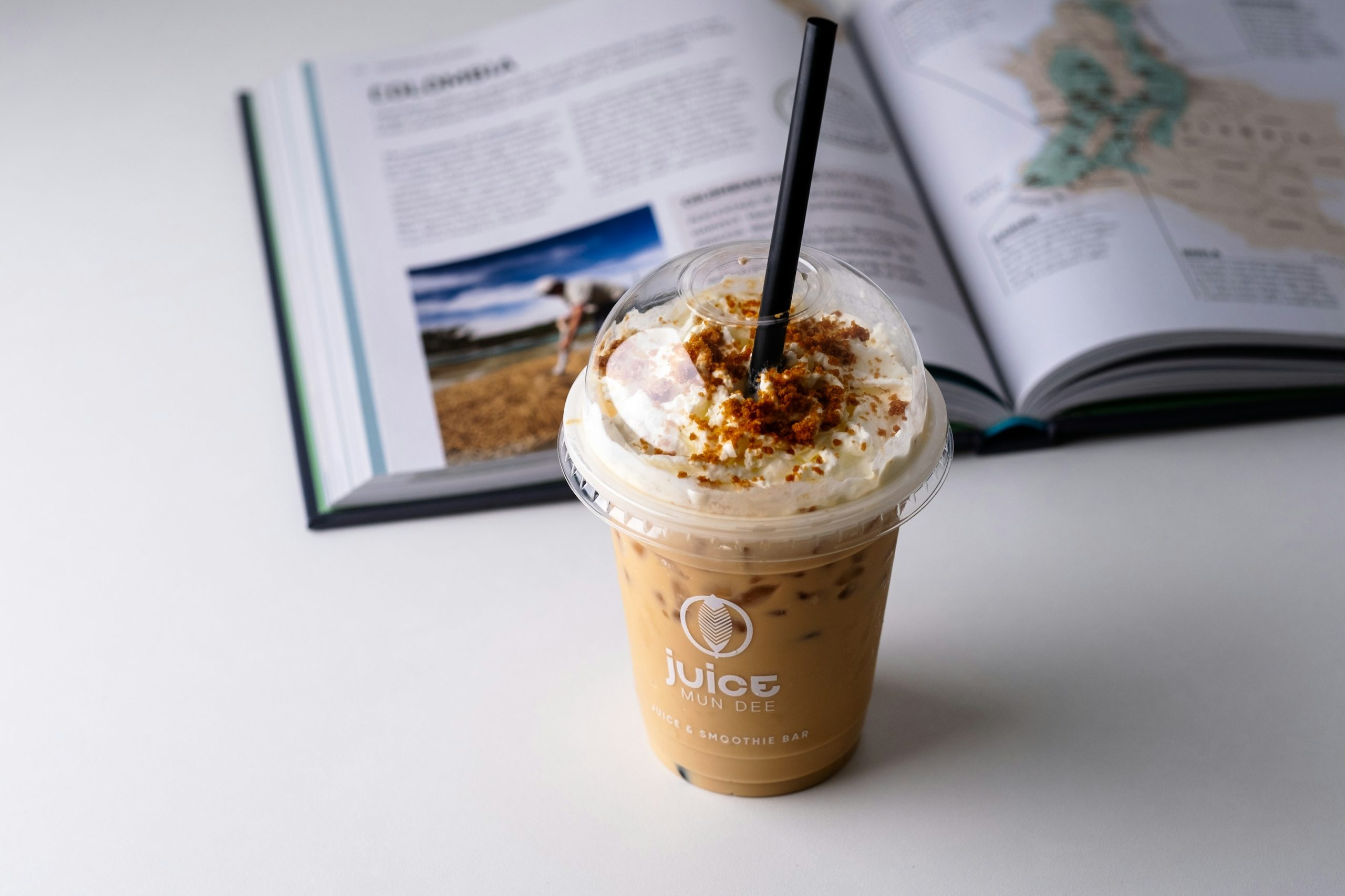In 2024, you’re hardly alone if you’re attempting to reduce your sugar intake. According to a recent article by Talker, 85% of survey respondents are actively participating in sugar reduction practices, down from the average ingestion of 99 grams of sugar per day – the equivalent of two 12-oz. cans of soda.
“The mainstream consumer is more educated than ever before and are starting to realize there is an important distinction regarding sugar, which is not all sugar is created equally,” Pure Green CEO Ross Franklin told The Food Institute.
“Different forms of sugar are metabolized differently in the body,” Franklin explained. “For example, refined sugar (sucrose) spikes blood glucose levels, while sugar from fresh fruits and vegetables in the form of fructose does not.”
According to Talker, the emotions most likely to create sugar cravings are stress, boredom, fatigue and loneliness. Situations during which people are most likely to crave something sweet are watching a movie, finishing a meal, needing a burst of energy, and having a bad day at work. Once they get their sugar fix, however, people tend to crash quickly and report feeling tired, regretful and unfocused.
Another intriguing finding from Talker’s survey:
More than 50% of consumers say that when they’re craving sugar, they’re probably really craving hydration. On average, respondents only drink 48 ounces of water per day.
What do restaurants and manufacturers need to do to adjust to consumers’ sugar-reduction movement? Not much, according to Dr. Danielle Kelvas, MD, Primary Care Physician at the HCG Institute and Chief Medical Editor at DKMD consulting.
Dr. Kelvas told FI that there was already a sugar-reduction craze in the 1990s, when manufacturers created many sugar-free options. The only difference now is that there is plenty of data to show just how harmful most of those artificial sweeteners are.
Dr. Kelvas feels that, in 2024, companies need to use more natural sugar alternatives, because consumers are wary of aspartame, sucralose, and fructose.
Food manufacturers and restaurants have started to refrain from using refined sugar and are instead switching to more natural sweeteners, such as raw honey or monk fruit.
Overall, experts feel that a focus on sugar reduction could benefit most food businesses.
“Visitors ask for no fries or bun, for example, and the restaurant still gets to charge the customer for those items, so per plate, there’s a few dollars saved,” Dr. Kelvas noted. “Instead of reaching for beer or wine, customers will switch for lower-calorie alcohols like gin and vodka, and those are more expensive drinks.
“A decrease in sugar is, overall, a win for restaurants,” the doctor said.
To prepare for the sugar-reduction movement, businesses like restaurants should offer salad and protein options and more low-sugar cocktail options, Dr. Kelvas said. She added to be sure to advertise such moves, so consumers looking to reduce sugar intake are made aware.
The Food Institute Podcast
Restaurant results for the second quarter weren’t stellar, but people still need to eat. Are they turning to their refrigerators, or are restaurants still on the menu for consumers? Circana Senior Vice President David Portalatin joined The Food Institute Podcast to discuss the makeup of the current restaurant customer amid a rising trend of home-centricity.











